The moment you start feeling your car lose its grip or hear weird noises from the wheels, your mind goes straight to the tires. But how often do you really need to swap them out? It’s not just about your car manual or that sticker in the glove box—tire lifespan is a mix of rubber aging, road habits, and luck.
Most drivers think, “I’ll replace my tires every 5 years,” but that’s only partly true. Some tires can look brand new with deep treads, yet they’ve dry-rotted inside. Others wear out way faster if you’re racking up highway miles or dodging potholes every day. Waiting for a flat isn’t just risky—it can wreck your wheels or lead to a blowout at the worst possible moment.
If you’re seeing cracks, the tread’s falling below that magic 2/32-inch line, or you keep topping off the air, those are red flags. Don’t just eyeball them; a cheap tire gauge from any auto parts store will tell you the truth. And just because you don’t drive much doesn’t mean your tires last forever—UV rays and time work against you even when the car’s parked.
- How Long Do Tires Really Last?
- What Damages Tires Besides Driving?
- Recognizing When It’s Time for New Tires
- Tips to Make Tires Last Longer
- Replacing Tires: Shopping Smart and Staying Safe
How Long Do Tires Really Last?
People love to quote a magic number for tire replacement—like 6 years or 60,000 miles—but the real answer isn’t that simple. Most car tires are built to last between 25,000 and 50,000 miles depending on the type, where you drive, and how you drive. Some performance tires might wear out at 20,000 miles, while all-season types can stretch past 60,000 if you baby them. But don’t get tricked by nice-looking rubber—tires go bad with age, too.
You’ll probably spot ‘replace your car tires every 6 years’ almost everywhere, and most manufacturers lean toward a max of 10 years, even if there’s plenty of tread left. After that, the compound starts to break down. Old tires might crack, get brittle, or harden from sitting around. Even if you only drive weekends, age punches holes in your tire safety.
Tire makers stamp the manufacture date right on the sidewall (it’s a small four-digit code; the first two are the week, the last two are the year). So, 1119 means it was made in the 11th week of 2019. If your tires are 6 years old or more, check for wear—don’t just go by looks. Rubber can get sketchy inside before anything shows outside.
A lot of folks hold onto their tires way too long because they don’t rack up miles. But here’s the catch—aging rubber loses grip and flexibility way quicker than you think. Especially if you live in a hot or sunny place, or your car sits outside a lot.
| Tire Type | Expected Lifespan |
|---|---|
| Performance Tires | 20,000-35,000 miles |
| All-Season Tires | 50,000-70,000 miles |
| Winter/Snow Tires | 20,000-40,000 miles |
Tire replacement is definitely not a set-it-and-forget-it thing. Your driving style and weather matter just as much as rubber quality. And don’t forget—rotating your tires and keeping them pumped up right help them last longer. But clock or odometer, both are out to get your tires eventually.
What Damages Tires Besides Driving?
Most folks focus on miles driven, but there’s way more to tire wear than just cruising down the road. You can have tires sitting on a car with hardly any trips, and they still get messed up. Weird, right?
Sunlight is a silent tire killer. UV rays break down the rubber even if your car just sits in the driveway. Over time, this leads to cracking and brittleness, which is a big reason why even low-mileage tires don’t last forever. If you leave your car outside year-round, you’re basically aging your tires faster than someone with a garage.
Heat is another factor almost nobody thinks about. If you live somewhere hot—think Arizona or Texas—the rubber deteriorates faster. Hot pavement and high temps increase the risk of dry rot, so folks in sunnier states often need to replace their car tires sooner.
Here are some common “invisible” tire killers:
- Ozone: Just being exposed to the air causes a chemical reaction that weakens the tire rubber.
- Improper storage: Storing spare tires in a damp basement or in direct sunlight will damage them. Cool, dry, and dark places are best.
- Poor maintenance: Not keeping your tires properly inflated leads to inside or outside edge wear, and skipping balancing or rotations speeds up uneven wear.
- Vehicle alignment issues: If your wheels aren’t lined up straight, tires will wear down unevenly and way faster.
- Harsh cleaners: Bleach and other strong cleaning chemicals actually make the rubber more likely to crack.
Here’s a quick look at how some factors stack up in damaging car tires:
| Factor | Impact on Tire Lifespan |
|---|---|
| UV Exposure | Speeds up aging and cracking |
| Extreme Heat | Accelerates rubber breakdown |
| Poor Storage | Can ruin unused tires in a year or two |
| Ozone Exposure | Causes unseen weakening |
Bottom line? Even top-rated tire replacement brands can’t dodge the slow destruction from the environment. Watch out for these hidden threats and your tires won’t just last longer—they’ll keep you safer too.
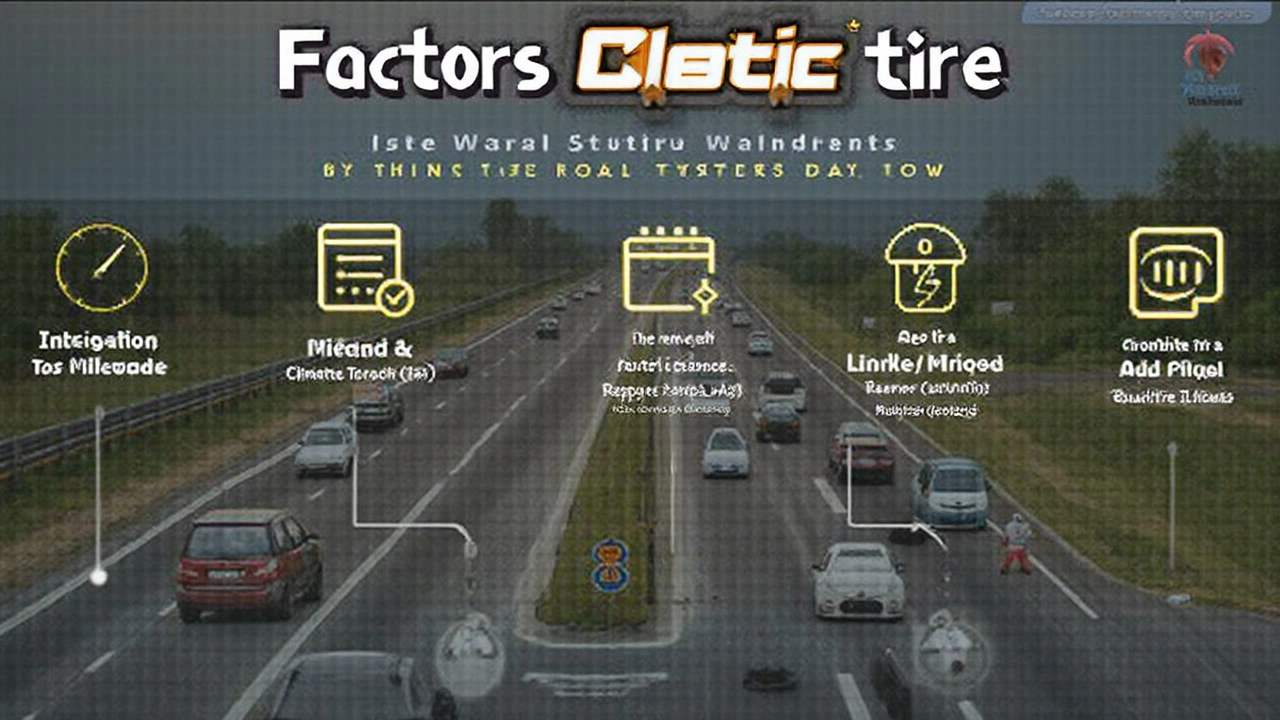
Recognizing When It’s Time for New Tires
Plenty of drivers push their car tires past their prime without even noticing it. A shiny sidewall or deep treads doesn’t always mean your tires are safe. There are a few warning signs you shouldn’t ignore—because your grip, braking, and ride comfort all depend on having solid rubber under you.
The big one? Tread depth. The legal minimum in most places is 2/32 of an inch, but handling gets sketchy even before you hit that. If you don’t want to buy a special gauge, grab a penny. Stick Lincoln’s head into your tread. If you can see all of Abe’s head, the tread’s too low and you need new tires, simple as that.
- Tread wear indicators: Look for those little raised bars in the grooves. If they’re flush with the tread, that’s your cue.
- Cracks or dry rot: Spiderweb lines on the sides or between the treads mean the rubber’s breaking down, often from sun or long periods of sitting.
- Bulges and blisters: If you spot a bubble or strange lump, the tire could blow out any second. Don’t risk it—get it swapped.
- Frequent air loss: If you’re topping off the same tire every couple of weeks, that means trouble. Leaks, punctures, or a failing seal can be to blame.
- Unusual vibrations: Shaking in the steering wheel or your seat can point to a tire with internal damage or one that’s no longer round.
It’s not just about mileage. Most experts, like those at the National Highway Traffic Safety Administration, say even the best-kept car tires shouldn’t go more than six years without a close check for age damage, and ten years is the absolute max—no matter how good they look. Here’s a quick look at some tire replacement rules of thumb:
| Warning Sign | What It Means |
|---|---|
| Tread below 2/32" | Legal limit, lost traction, replace ASAP |
| Sidewall cracks | Rubber is aging, prone to leaks or blowouts |
| Bulge or blister | Danger of sudden explosion or loss of control |
| More than 6 years old | Start checking closely, even if driven little |
Use your eyes, use your hands—don’t just wait for the tire light to flash. Checked tire dates lately? Look for the DOT code on the sidewall; those last four digits show the week and year your tire was made. If it says '1619', that tire’s from April 2019. That little code can tell you a lot about whether your rubber’s still road-worthy.
Tips to Make Tires Last Longer
Making your car tires last isn’t luck—it’s about paying attention to the basics. The truth is, most drivers cut tire life short by ignoring the small stuff. Here’s what actually works:
- Check tire pressure monthly. Seriously, air leaks out over time, and underinflated tires wear out fast. Want numbers? The U.S. Department of Energy says keeping tires at the right pressure can boost tire life by close to 4,700 miles. Don’t trust the eyeball test—use a gauge.
- Rotate your tires every 5,000 to 7,000 miles. Your front and rear tires wear differently. Swapping them helps the tread last evenly, which can tack on thousands of extra miles.
- Get wheel alignments checked yearly—or whenever you hit a curb. Misaligned wheels chew up your tire tread way quicker than you think. If the steering wheel pulls to one side or your tires show weird wear patterns, get it checked.
- Don’t overload your car. Tires have a max weight, stamped right on their sidewalls. Overloading causes heat buildup, and that shortens tire lifespan big time. Check the owner’s manual for safe weight limits.
- Keep an eye on the tread depth. Once you see it getting close to 2/32 of an inch, start planning for new tires. Some folks use the penny test, but a tread gauge is more exact and costs just a few bucks.
- Avoid sudden stops and take turns easy. Hard braking and sharp turns grind down tires before their time. Smooth driving pays off here.
- Get regular tire balancing. If your steering wheel vibrates at certain speeds, you might need a balance. It reduces uneven wear and makes your tire replacement schedule less painful.
Here’s a quick look at how some of these simple habits can stretch your tire safety and wallet:
| Habit | Extra Miles Gained | Cost Savings (Estimated) |
|---|---|---|
| Proper Inflation | +4,700 miles | $100-$200 per set |
| Regular Rotation | +5,000 miles | $100-$180 per set |
| Routine Balancing | +2,000 miles | $40-$100 |
Taking a few minutes every month can save you hundreds and keep you safer on the road. It’s a lot better than shelling out for new car tires too soon or risking a blowout because of simple neglect.

Replacing Tires: Shopping Smart and Staying Safe
Ready to replace your car tires? Here’s where a little planning pays off. First, check your car manual for the right tire size—mixing things up can mess with handling and even mess up your speedometer.
Don’t go straight for the cheapest option. Cheap tires can wear out faster, especially if you drive in tough conditions or rack up a lot of miles. Big brands usually stick to tougher testing rules and their tires often last longer. Sure, you might save money up front with a no-name brand, but spending a bit more now can actually pay for itself in longer life and fewer headaches.
Look for these important points when shopping:
- Tire type: All-season works for most, but summer or winter tires grip better in extreme weather.
- Treadwear rating: A higher rating means they’ll last longer. For example, a rating of 600 will probably outlast a 400.
- Speed and load rating: These numbers keep you safe while hauling stuff or driving fast. Match your manual—don’t guess.
- Date code: Even new tires can sit around for years. Check for a 4-digit number on the side (week and year). If it says 1022, that tire’s from the 10th week of 2022. Avoid any tire older than a year if possible.
When it comes to safety, always replace at least two tires at a time, and put the newest ones on the back—even if your car’s front-wheel drive. That’s what tire pros and safety tests recommend, because better grip on the back stops spinouts.
Here’s a quick breakdown showing how much tire age and tread depth matter for tire safety:
| Tire Condition | Effect on Safety |
|---|---|
| Tread depth below 2/32" | Much higher risk of hydroplaning and blowouts |
| Sidewall cracks or bulges | More likely to suffer sudden failure |
| Tires older than 6 years | Rubber starts to break down, even if rarely used |
After buying, make sure the shop balances and aligns your new tires. Balancing stops vibrations, while alignment heads off uneven wear and saves you money. Don’t forget to keep those tires properly inflated—check pressures monthly, especially when the seasons change. Under-inflation is one of the top reasons for early tire replacement.
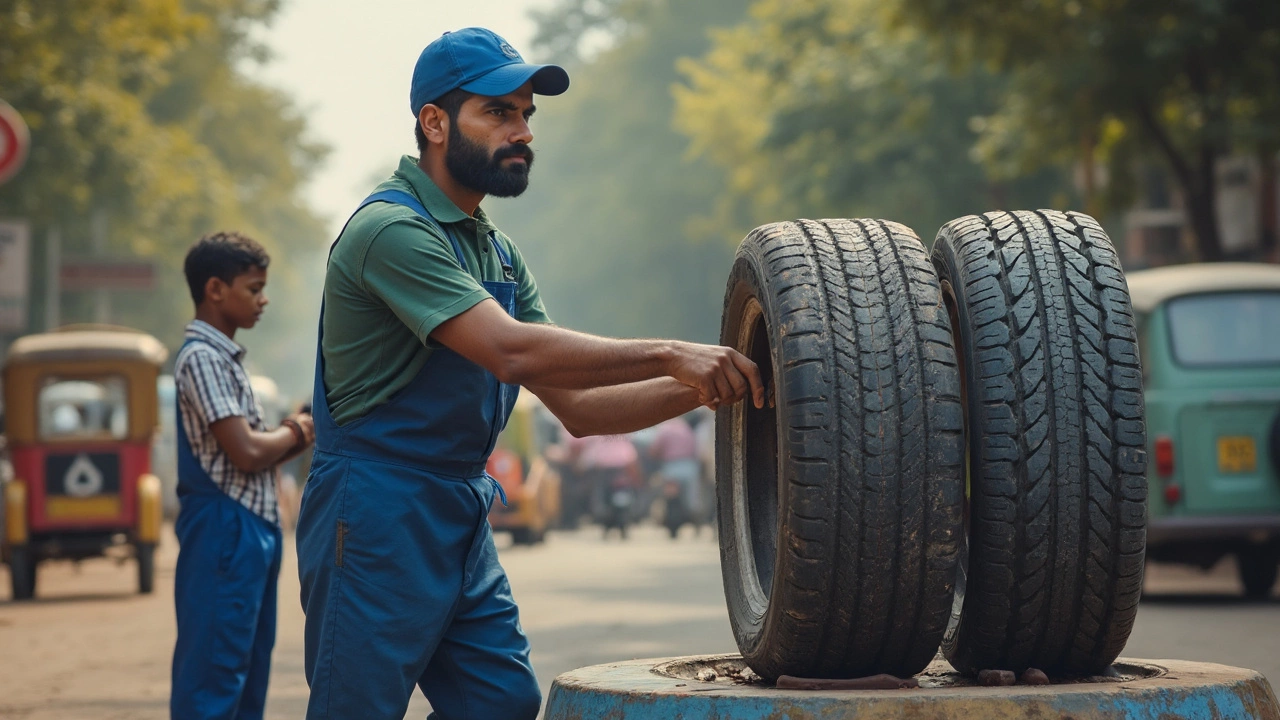

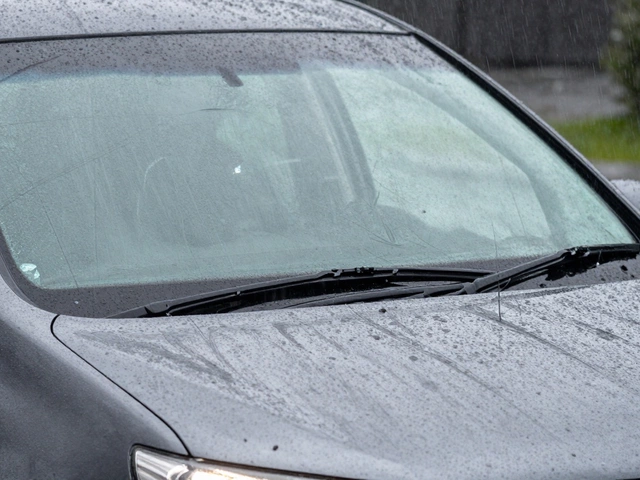

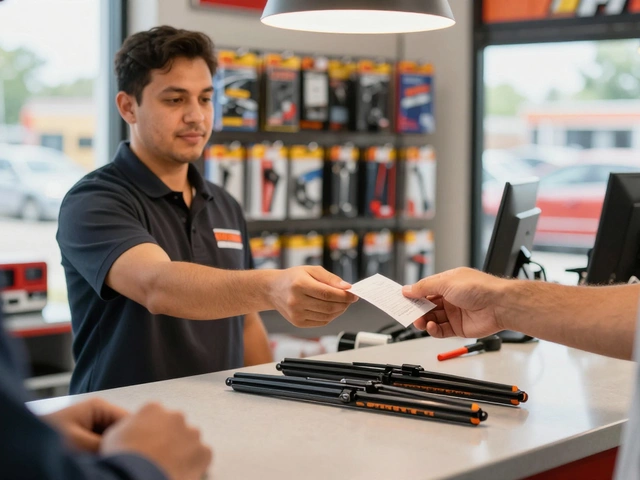
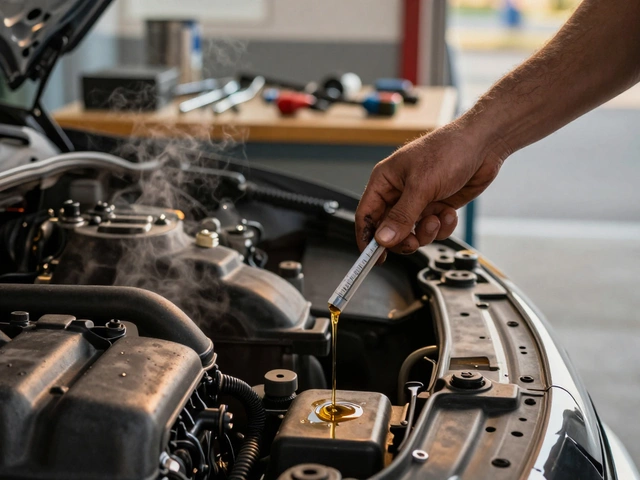




Write a comment